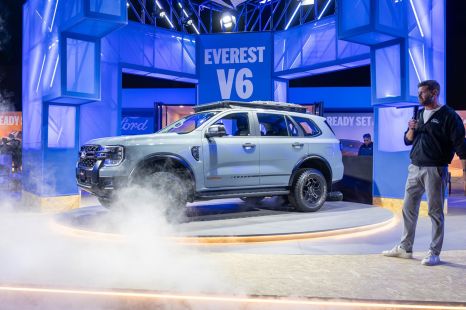

Damion Smy
Ford Everest Tremor gets 260kW V6 ‘Ranger Raptor’ treatment
38 Minutes Ago
Australian market tops 100,000 sales, Toyota HiLux and Ford Ranger the top two sellers, plus Kia eclipses Hyundai and nabs third!

Senior Contributor
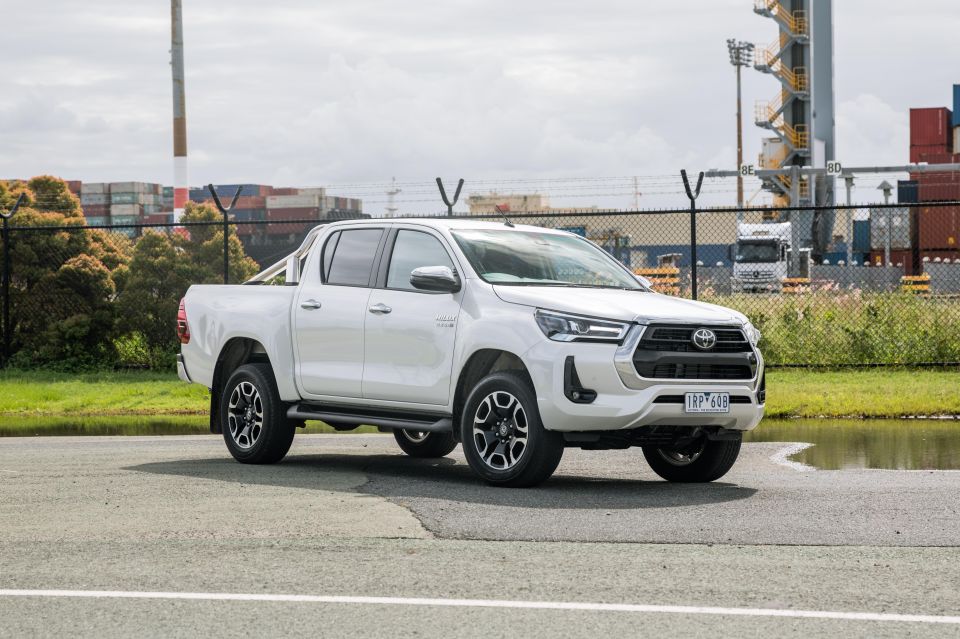

Senior Contributor
New car sales spiked nearly 70 per cent in May this year against the same month in 2020, reflecting the market’s continued recovery after pandemic lockdowns collapsed volume last year.
VFACTS industry sales data shows 100,809 new cars, SUVs and commercial vehicles were counted as sold last month, 68.3 per cent up on May 2020.
May 2021’s tally is actually the best result for that month since 2017, when 102,901 cars were counted sold. It’s also the best month in 2021 to date, though June should eclipse it on the back of EOFY deals – tight supply notwithstanding.
It takes the annual total to 456,804 sales January to May, up 37.5 per cent on 2020’s concurrent volume.
That’s also the biggest January to May tally on record since 2018, and puts the market well on target to pass a million units once again.
The data shows that every region managed growth over the month: ACT up 12 per cent, NSW up 69 per cent, NT up 83 per cent, Queensland up 67 per cent, SA up 75 per cent, Tasmania up 110 per cent, Victoria up 65 per cent (despite a late-month lockdown), and WA up 78 per cent.
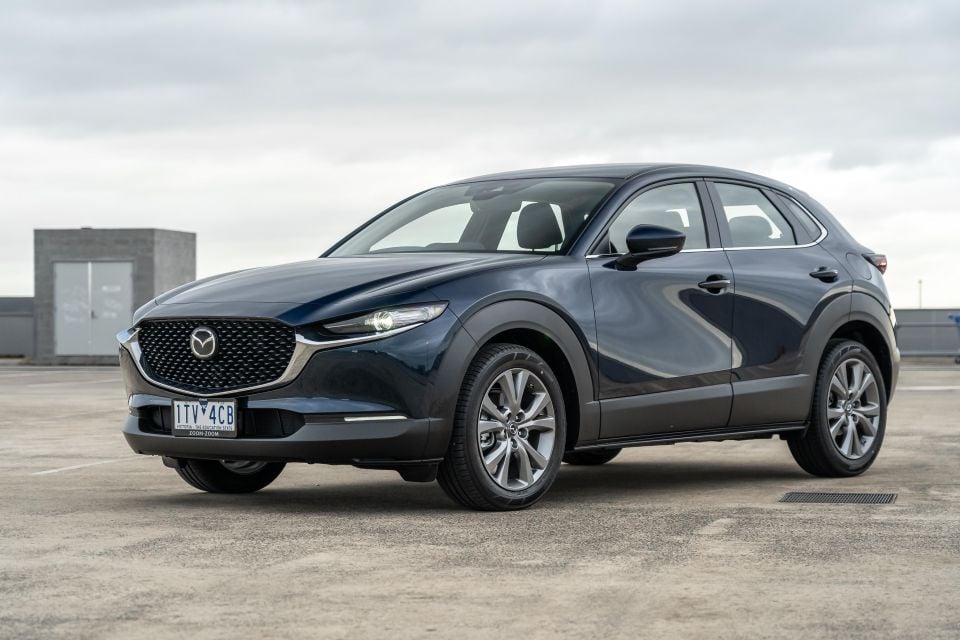

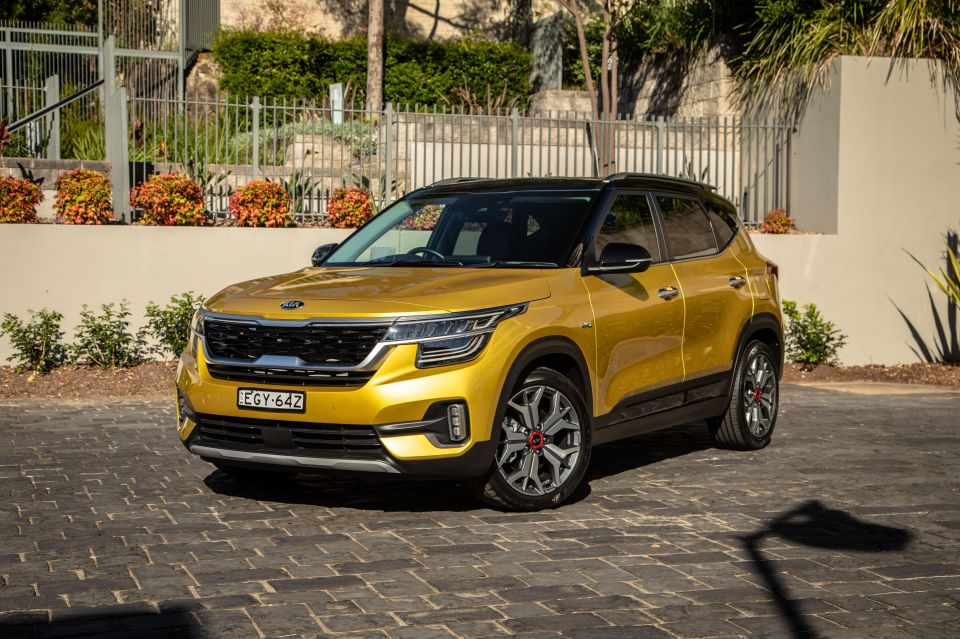
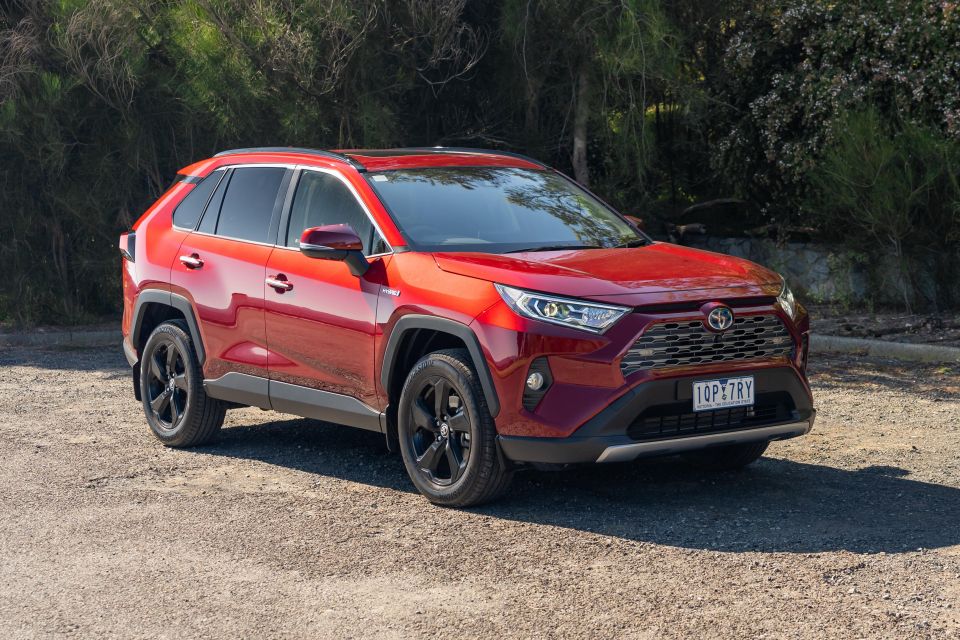
Toyota dominated as always with 21,156 sales and overall market share of 21 per cent from its 20-model line-up. It was number one in no fewer than nine different vehicle segments across passenger, SUV, and LCV.
Mazda came in second thanks to 86 per cent growth, with a few of its less-known SUVs breaking sales records.
The big revelation was Kia in third on 7124 units (up 158 per cent), since it outgunned its Hyundai big brother on the back of strong months from Cerato, Picanto, Seltos, Sorento, and the new Stonic.
Ford was fourth with 6493 sales, though two-thirds of these came from one vehicle: Ranger. The Puma and Everest had solid months too, however.
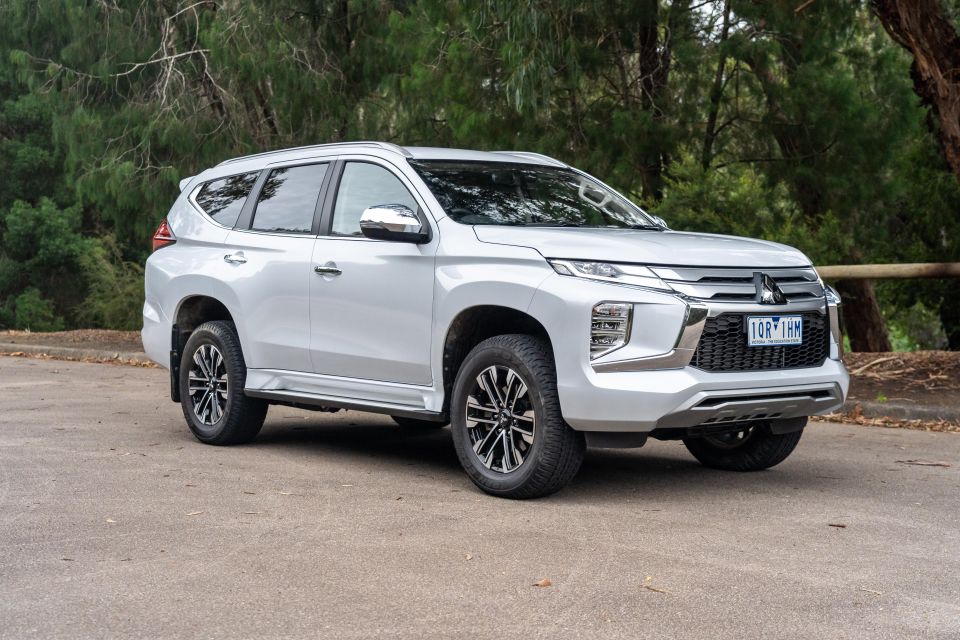
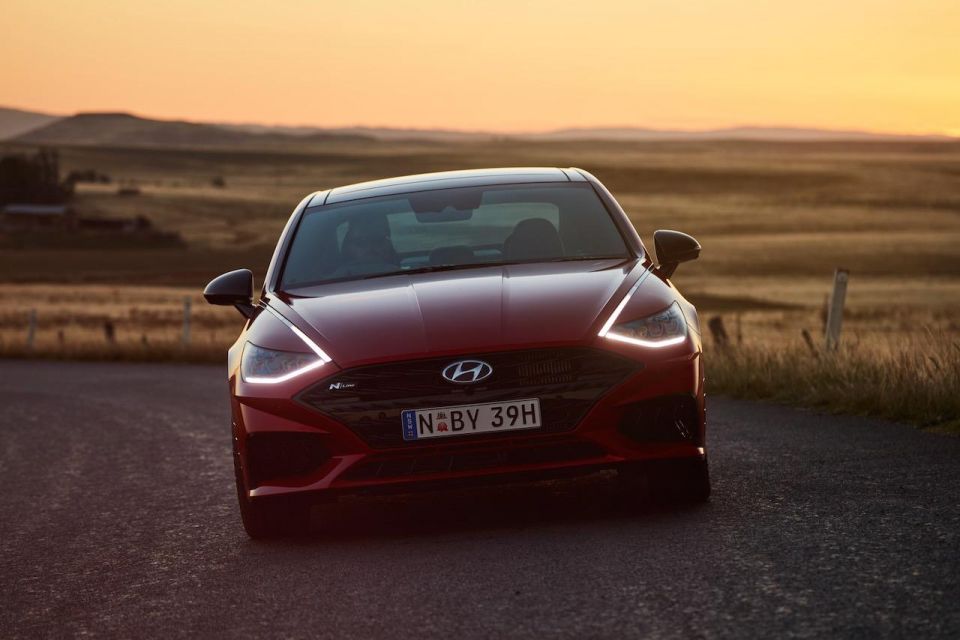
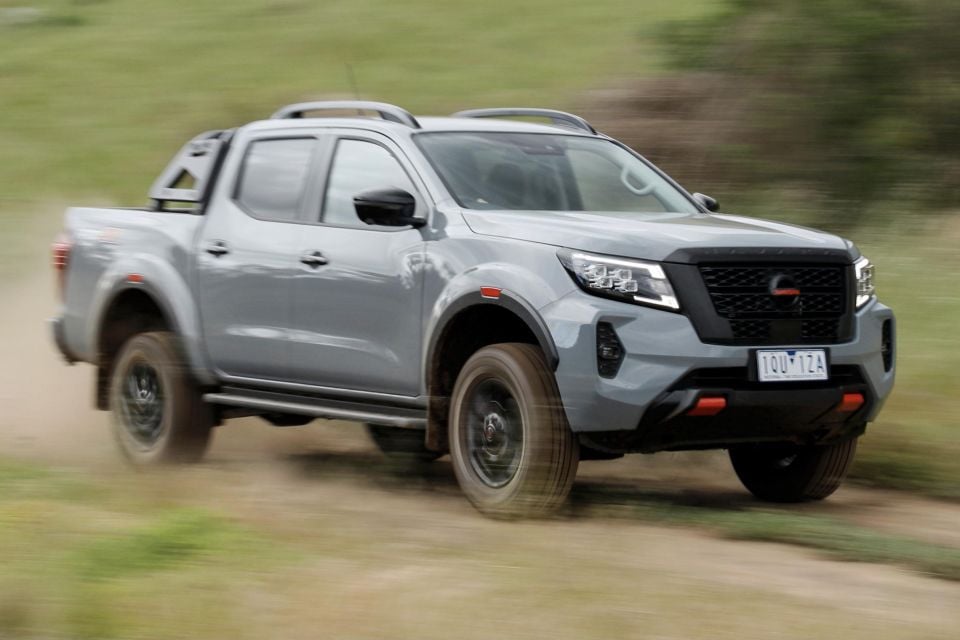
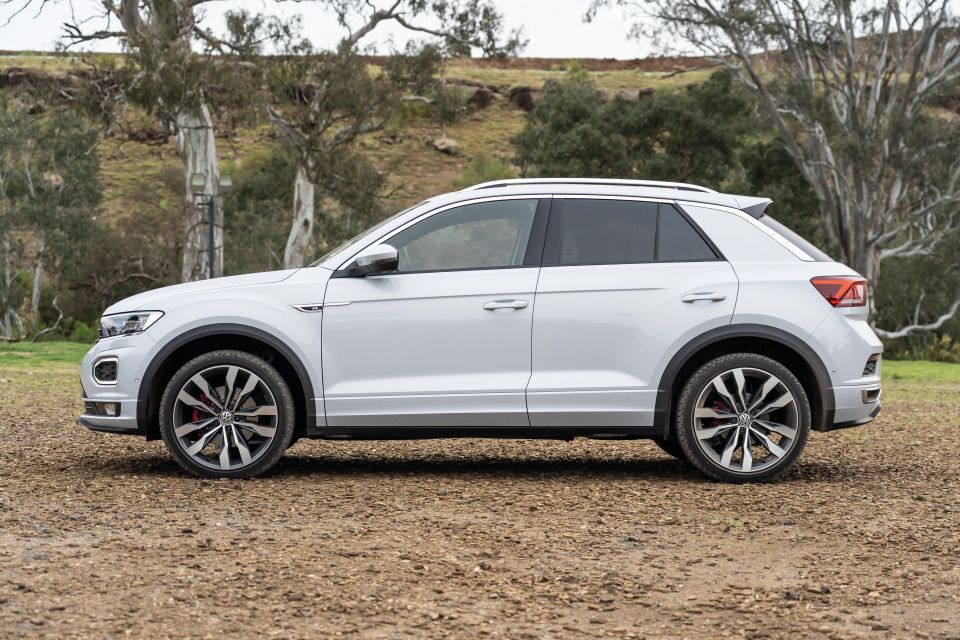
Mitsubishi rounded out the top-five on 6478, with Triton 4×4, ASX and Pajero Sport (in particular) its strongest performers.
Hyundai sat sixth on 6450 sales despite growth of 57 per cent, and says it has some serious stock issues at the moment due to the semi-conductor shortage. Nevertheless the i30 and Kona had good months, ditto the brand new Tucson.
Nissan in seventh managed 4307 units, with X-Trail and Navara 4×4 accounting for about two-thirds of the total.
Volkswagen grew 44 per cent to 4005 units and eighth spot, with big growth from the T-Cross and T-Roc SUVs offsetting low Golf sales as the changeover to the new Mk8 model occurs.


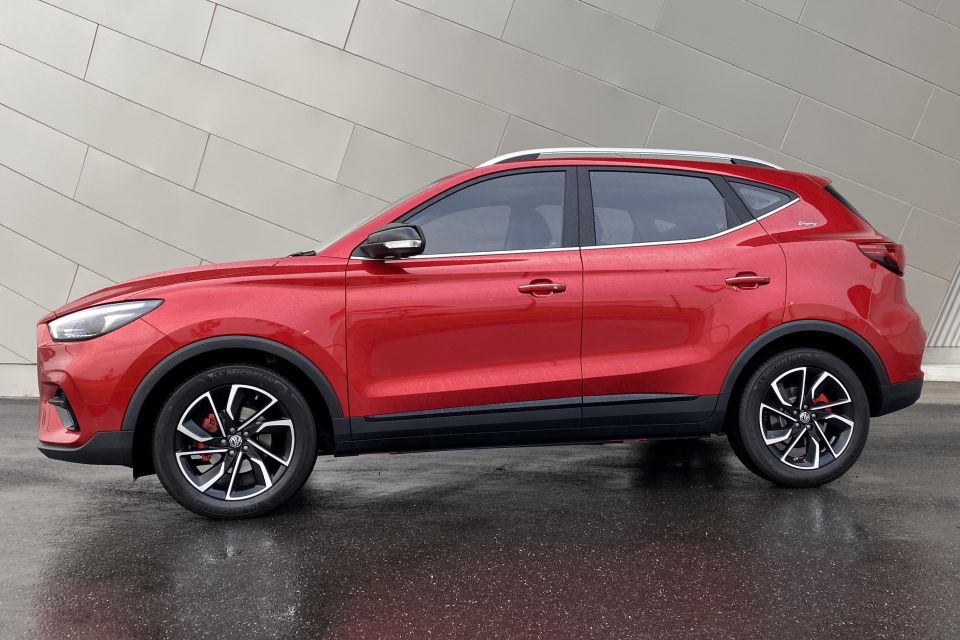
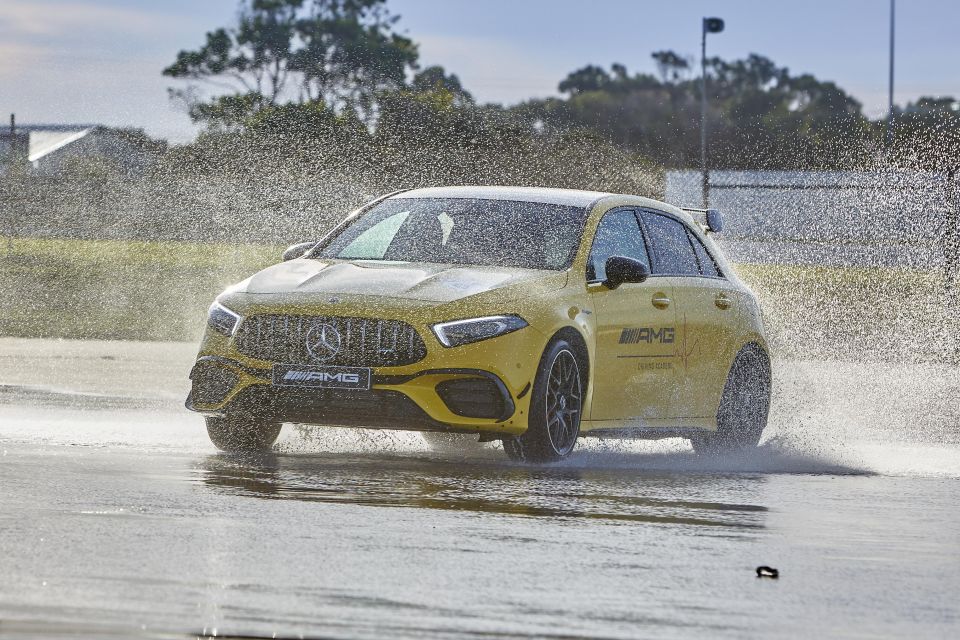
Isuzu Ute finished top 10 despite only selling two models, and in so doing breaking its record. It was also the highest sales record for the D-Max ute in a month, achieved despite continued supply problems.
Subaru rounded out the top 10 with 3547 sales on the back of big growth from Outback and Forester.
MG fell outside the top 10 after a few months in there, despite growing 428 per cent 3506 units. Regardless the MG 3 was the top-selling Light Car in the country, and the ZS was the number-one Small SUV despite stiff-as-hell competition.
Mercedes-Benz as a whole (2938) edged BMW (2707) and Audi (1722), though if you remove vans for the sake of consistency then BMW actually edged its Stuttgart nemesis (Mercedes-Benz cars and SUVs accounted for 2526 sales).
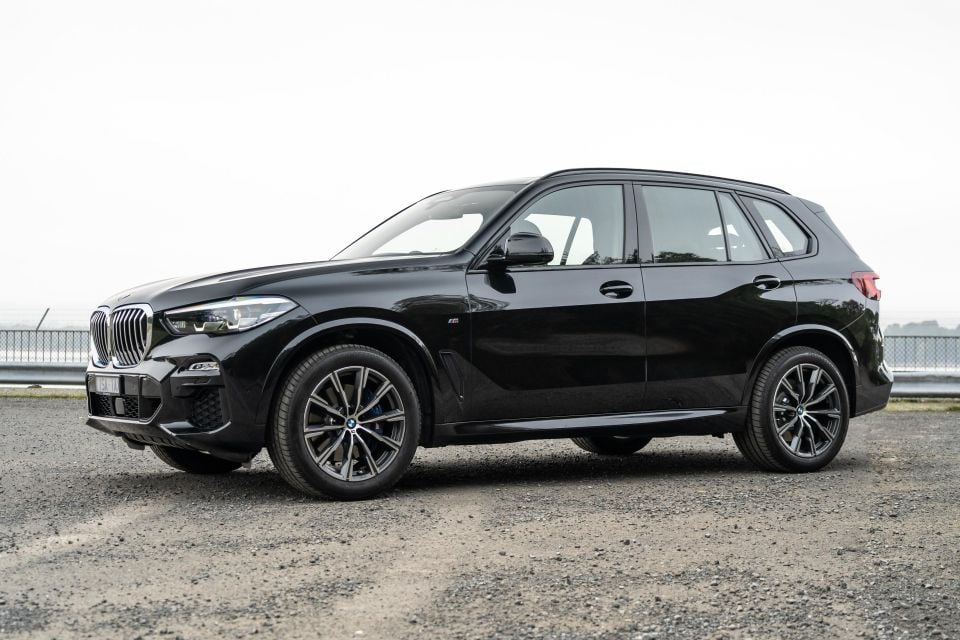
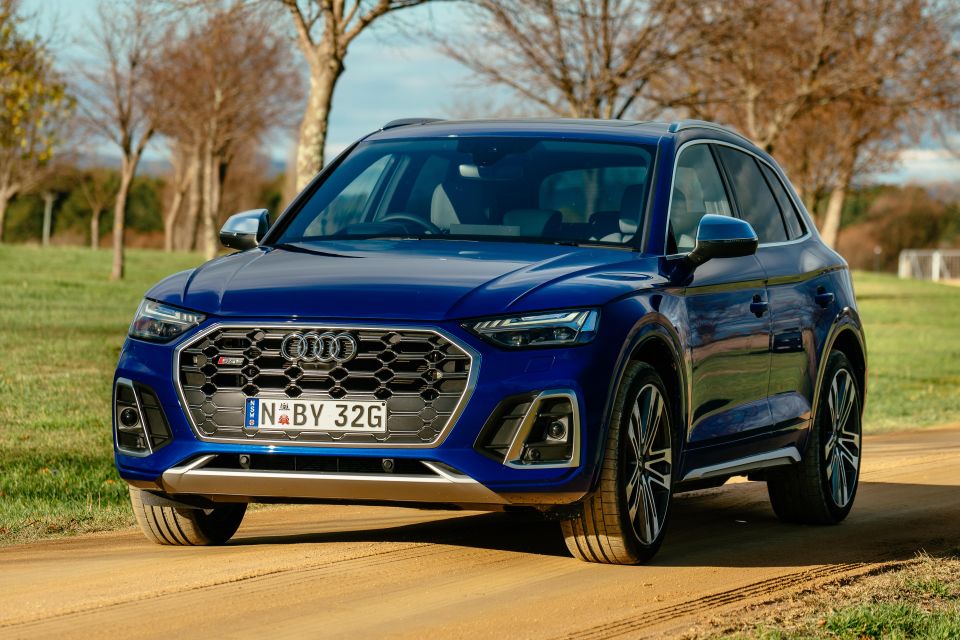
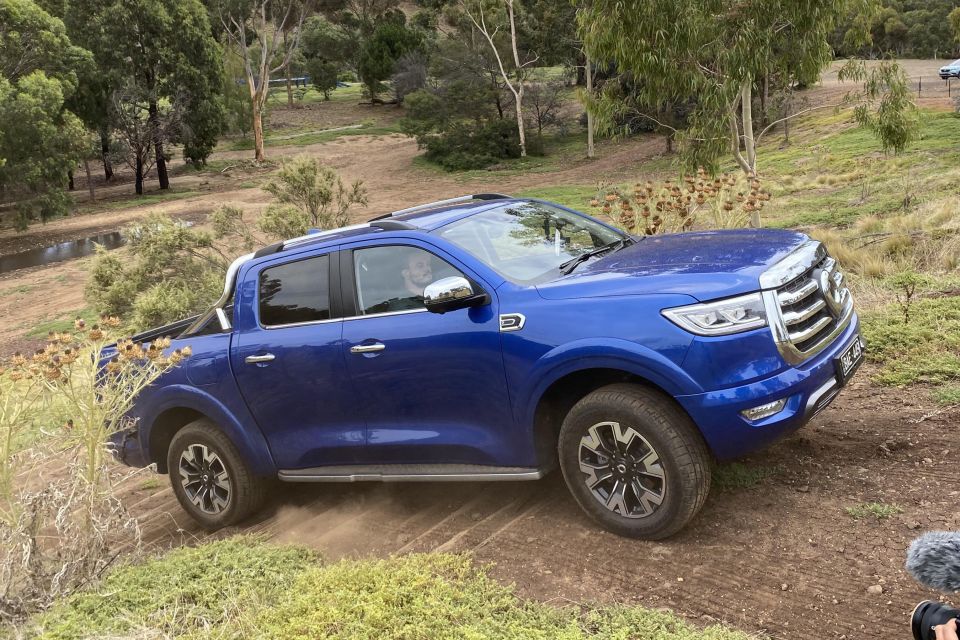
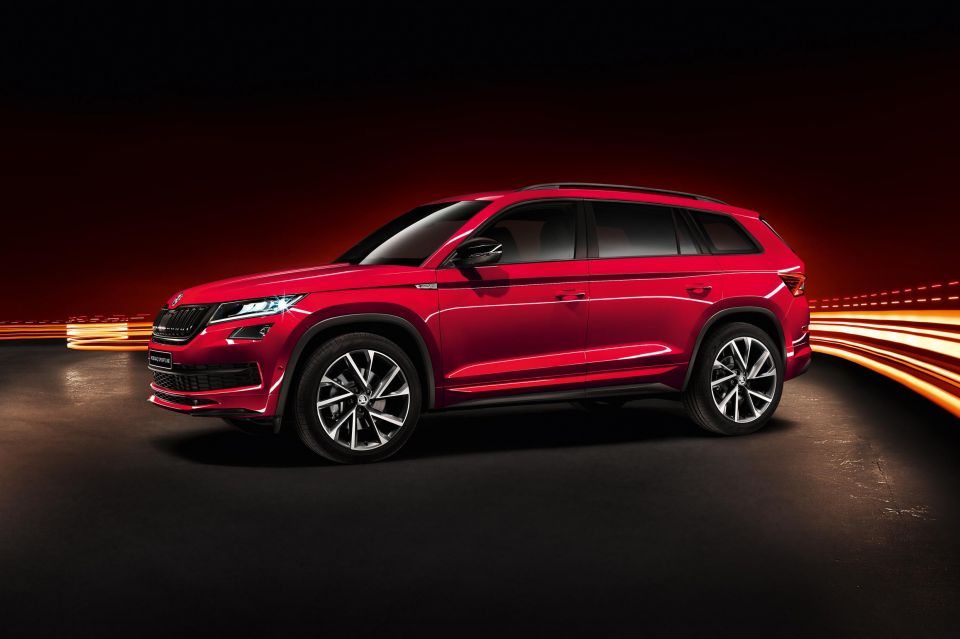
The best growth for tier two brands came from GWM/Haval (1494 sales, up 357 per cent), fellow Chinese commercial and SUV maker LDV (1223, up nearly 170 per cent), Skoda (1069, up 166 per cent), and Volvo Car (945, up 136 per cent).
But as the table below shows, growth was the norm:
| Brand | May 2021 sales | Gain/loss |
|---|---|---|
| Toyota | 21,156 | 46.2% |
| Mazda | 10,554 | 86.4% |
| Kia | 7124 | 158.1% |
| Ford | 6493 | 66.7% |
| Mitsubishi | 6478 | 115.2% |
| Hyundai | 6450 | 57.0% |
| Nissan | 4307 | 94.4% |
| Volkswagen | 4005 | 44.0% |
| Isuzu Ute | 3946 | 174.2% |
| Subaru | 3547 | 75.3% |
| MG | 3506 | 428.0% |
| Mercedes-Benz | 2938 | 30.3% |
| BMW | 2707 | 34.5% |
| Audi | 1722 | 52.9% |
| Suzuki | 1598 | 71.3% |
| GWM | 1494 | 356.9% |
| Honda | 1403 | -28.1% |
| LDV | 1223 | 169.4% |
| Skoda | 1069 | 165.9% |
| Lexus | 1028 | 65.8% |
| Volvo Car | 945 | 136.3% |
| Renault | 710 | 97.2% |
| Jeep | 643 | 88.6% |
| Land Rover | 570 | 26.1% |
| Porsche | 556 | 69.5% |
| Mini | 424 | 78.2% |
| Ram | 262 | -21.3% |
| SsangYong | 245 | 222.4% |
| Peugeot | 233 | 106.2% |
| Chevrolet | 175 | N/A |
| Jaguar | 145 | 31.8% |
| Fiat | 138 | 70.4% |
| Maserati | 50 | 72.4% |
| Alfa Romeo | 48 | 71.4% |
| Genesis | 45 | 800.0% |
| Bentley | 23 | 64.3% |
| Citroen | 12 | 20.0% |
| Aston Martin | 9 | 50.0% |
| Ferrari | 9 | -55.0% |
| Lamborghini | 9 | 50.0% |
| McLaren | 7 | 0.0% |
| Chrysler | 6 | -14.3% |
| Lotus | 5 | -16.7% |
| Alpine | 4 | N/A |
| Rolls-Royce | 2 | 0.0% |

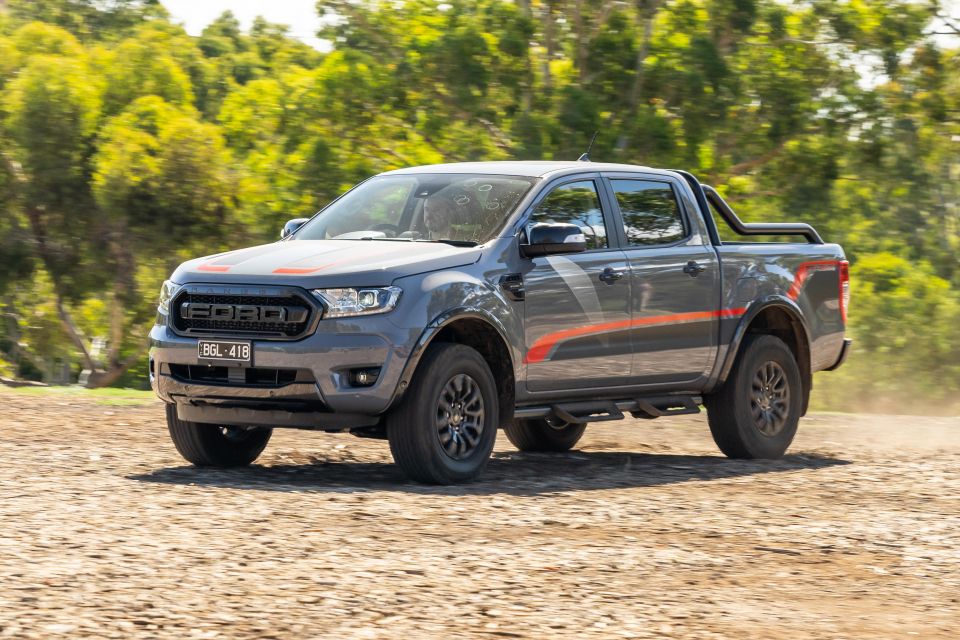
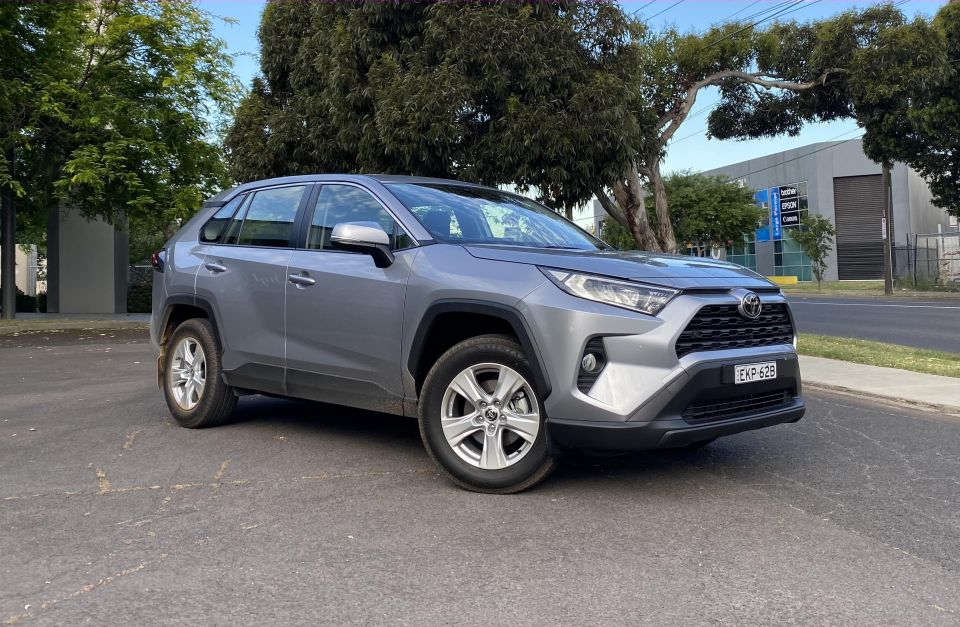
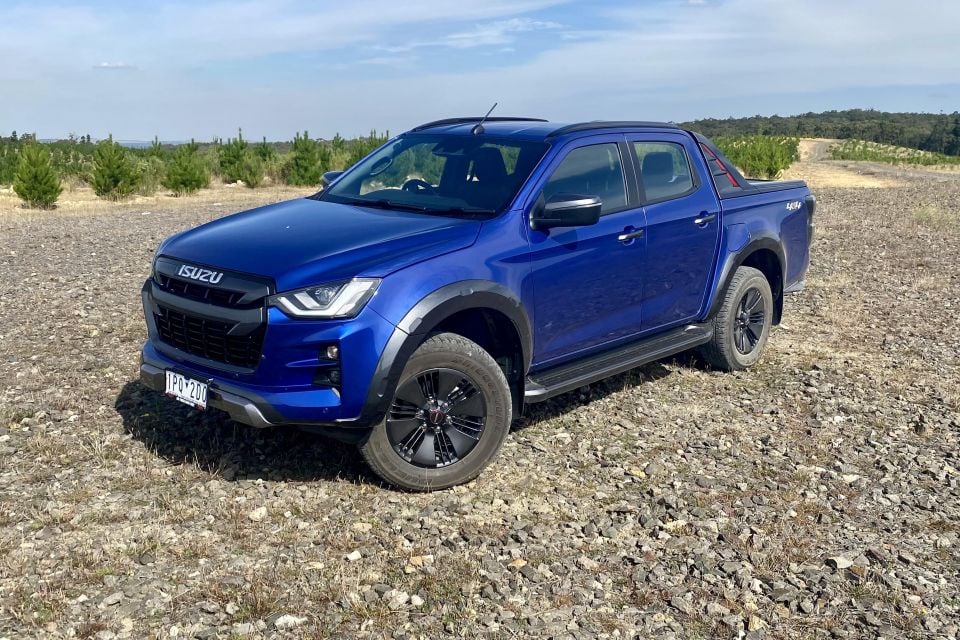
The top 10 vehicles were:
If we look at the overall top 30 vehicles, they accounted for 56,003 sales, equal to about 56 per cent of the overall market.
The make-up comprised: six utes, five medium SUVs, five small SUVs, four large SUVs, four small cars, two light SUVs, and one each from the light car, medium car, upper large SUV, and van segments.
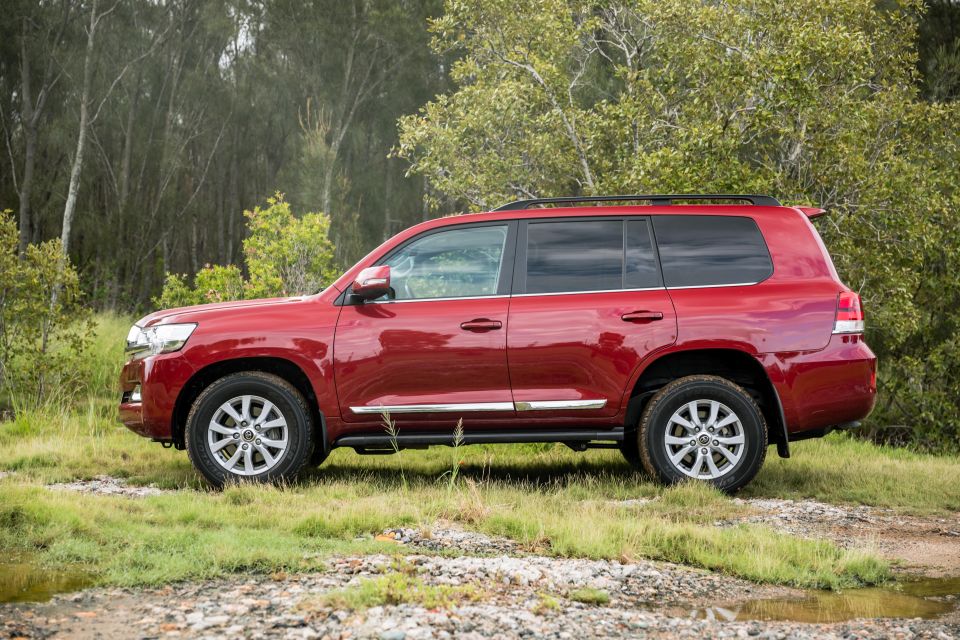
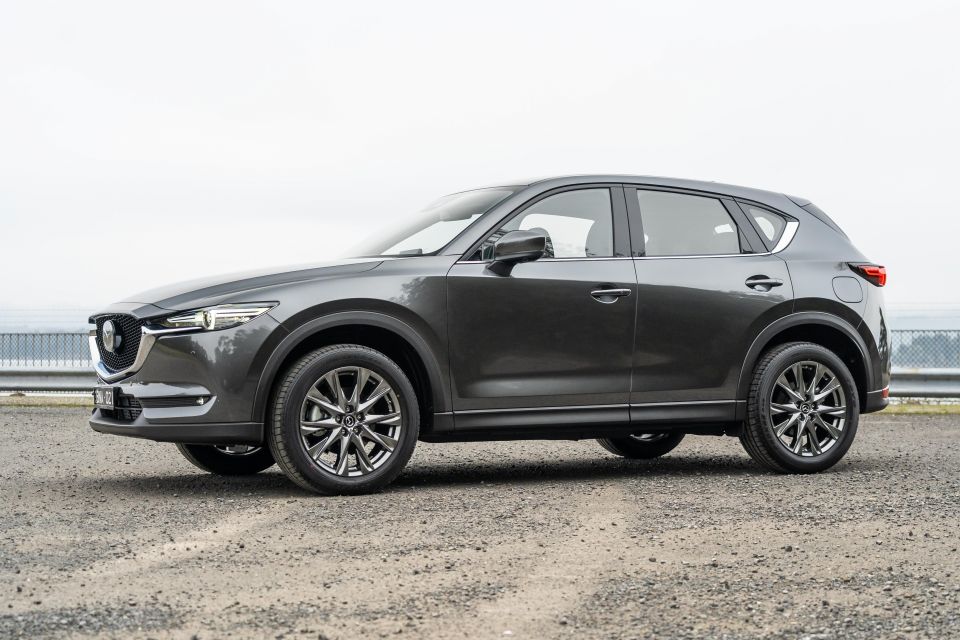
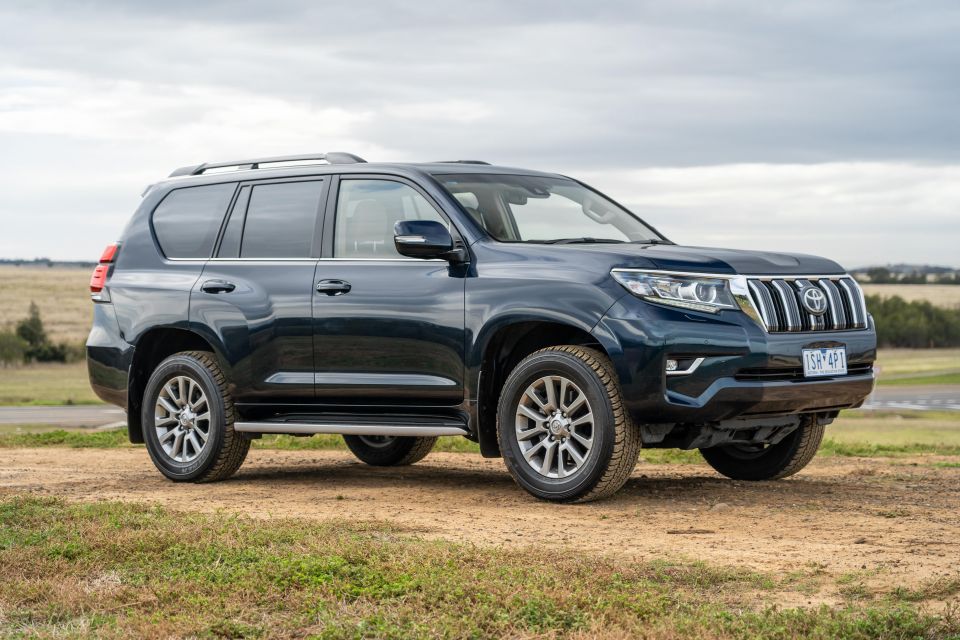
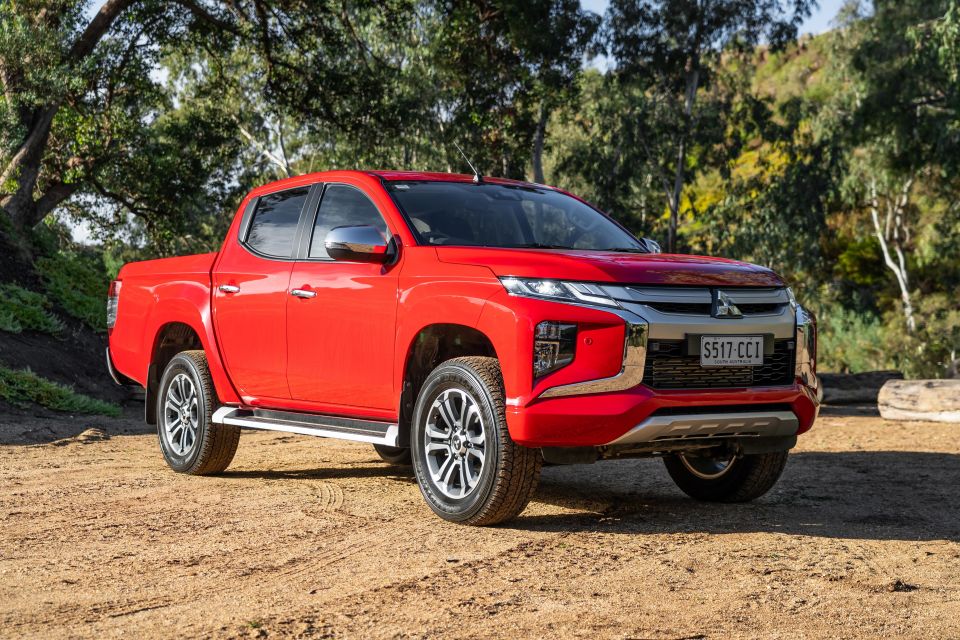
The top 30 were:
| Model | May 2021 sales | Gain/loss |
|---|---|---|
| Toyota HiLux | 4402 | 24.8% |
| Ford Ranger | 4254 | 59.7% |
| Toyota RAV4 | 4014 | 71.2% |
| Isuzu D-Max | 3058 | 202.8% |
| Toyota LandCruiser wagon | 2795 | 121.8% |
| Mazda CX-5 | 2768 | 87.2% |
| Mitsubishi Triton | 2,317 | 167.6% |
| Toyota Prado | 2214 | 63.0% |
| Toyota Corolla | 2190 | 34.7% |
| Hyundai i30 | 2127 | 78.6% |
| Kia Cerato | 2052 | 143.7% |
| MG ZS | 1605 | 702.5% |
| Nissan Navara | 1544 | 112.7% |
| Nissan X-Trail | 1535 | 99.9% |
| Mazda CX-3 | 1533 | 73.6% |
| Mazda CX-30 | 1471 | 246.1% |
| Mazda BT-50 | 1429 | 71.5% |
| Hyundai Kona | 1400 | 90.0% |
| Toyota Camry | 1369 | 50.3% |
| Subaru Forester | 1307 | 85.9% |
| Mitsubishi ASX | 1202 | 65.8% |
| MG 3 | 1194 | 295.4% |
| Hyundai Tucson | 1152 | 13.1% |
| Kia Seltos | 1118 | 156.4% |
| Toyota HiAce | 1093 | 37.3% |
| Mazda3 | 1031 | -2.0% |
| Mitsubishi Pajero Sport | 1003 | 129.5% |
| Kia Stonic | 986 | N/A |
| Subaru Outback | 931 | 179.6% |
| Mazda CX-9 | 909 | 100.7% |

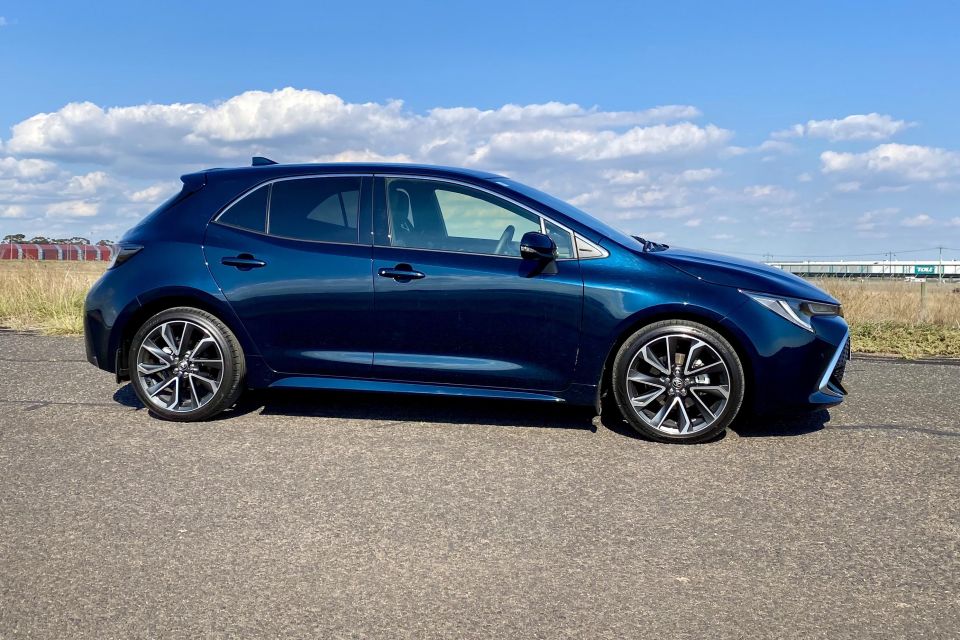
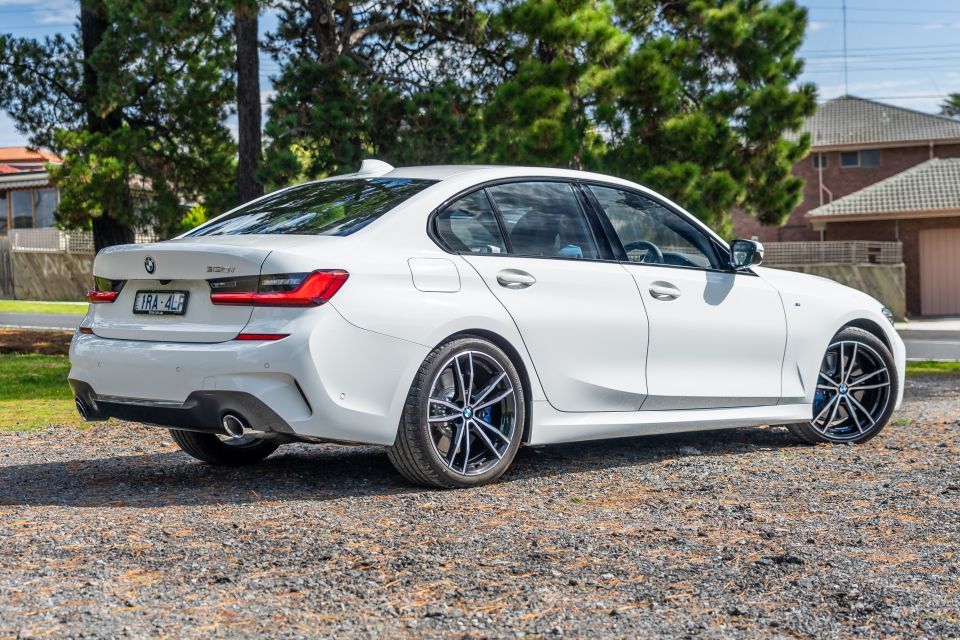
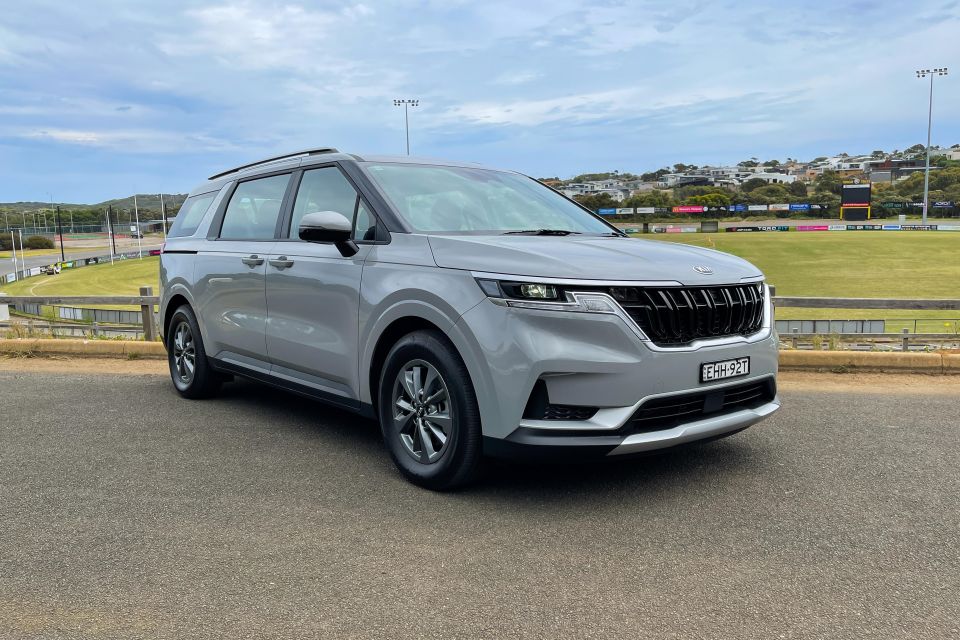
We can also identify the most popular models in each vehicle segment, as defined by industry VFACTS data.
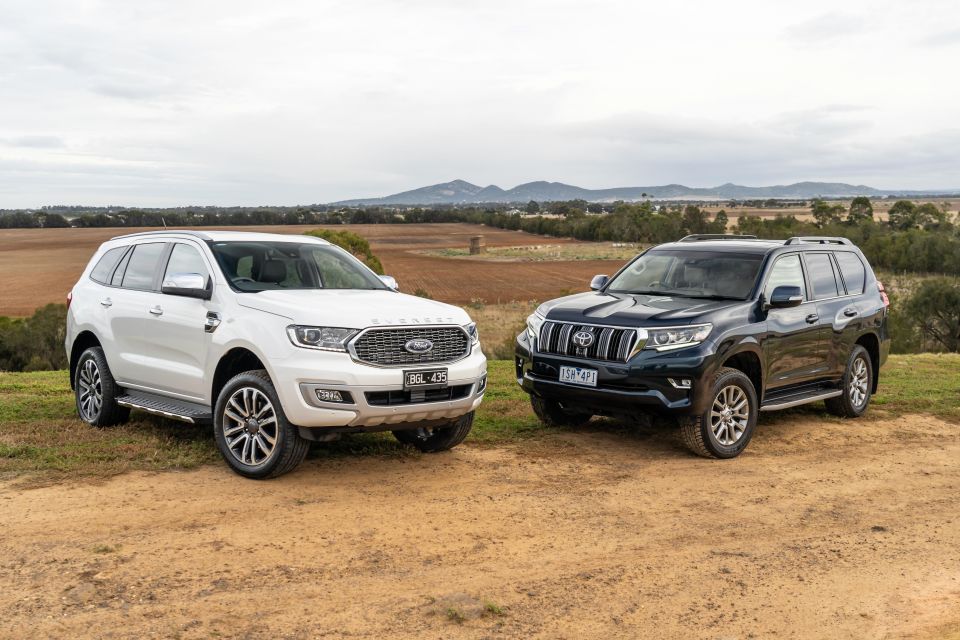
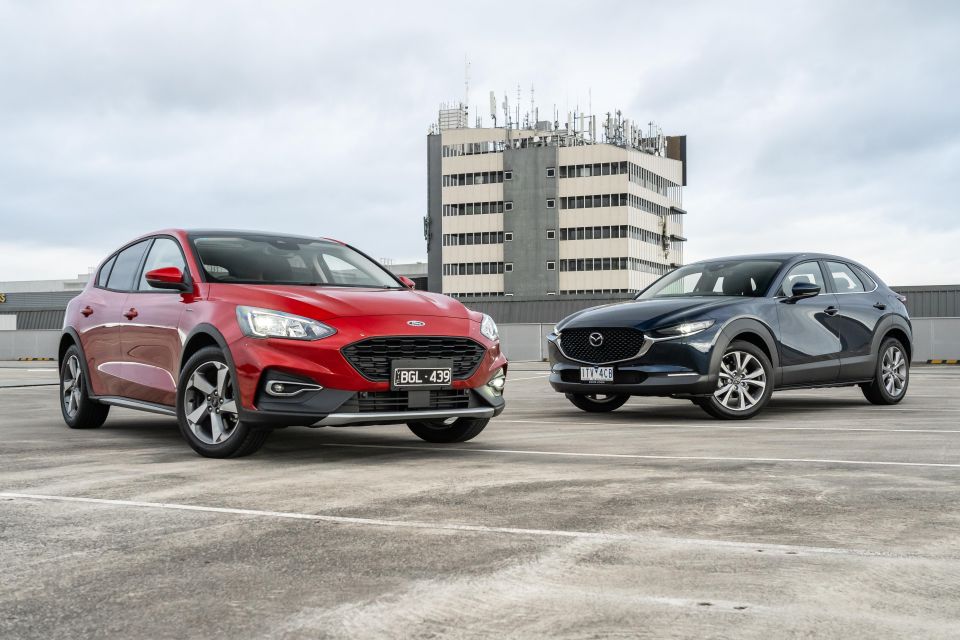
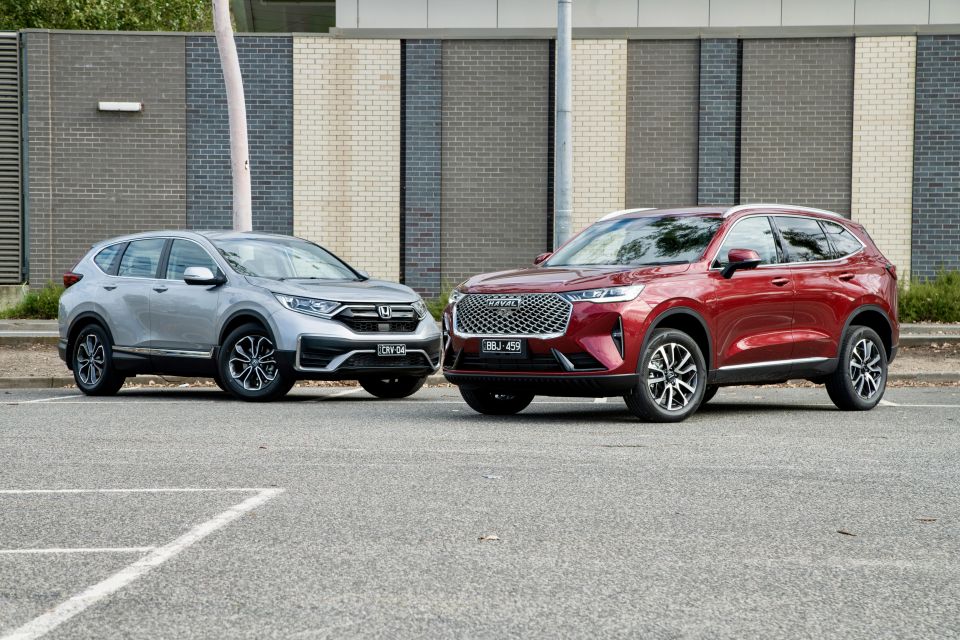
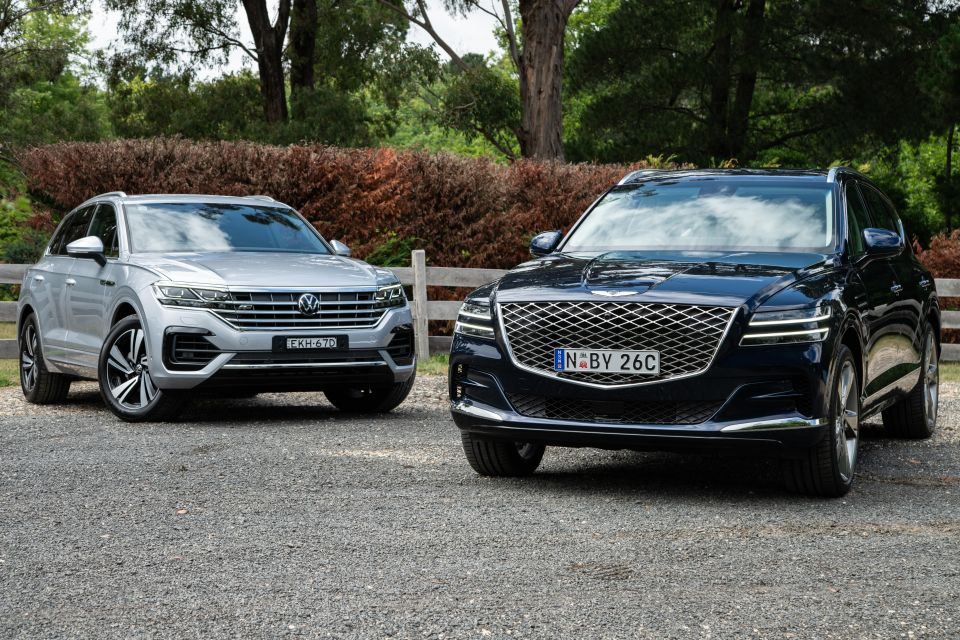

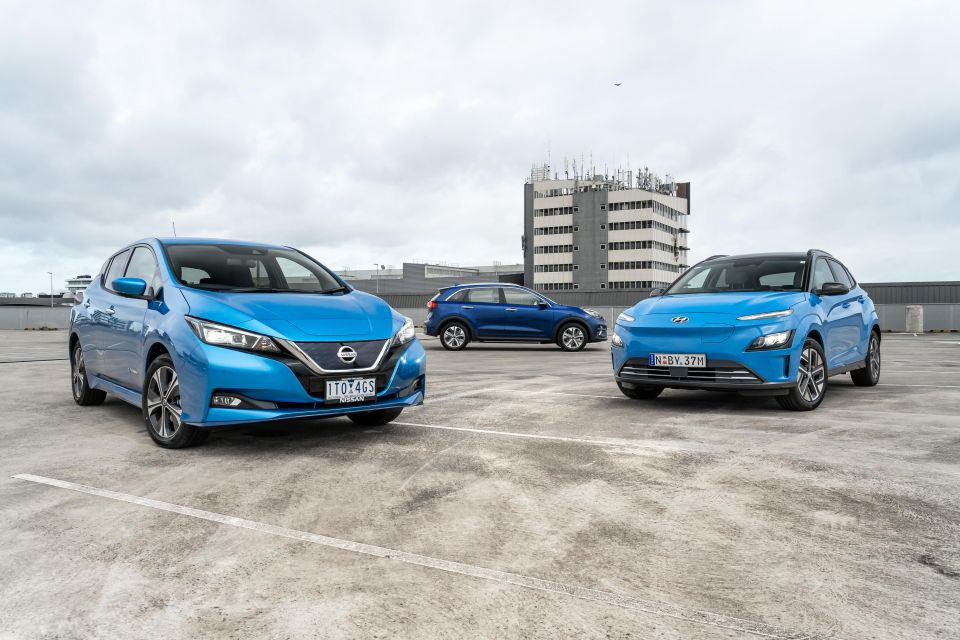
Category breakdown:
Top segments by market share:
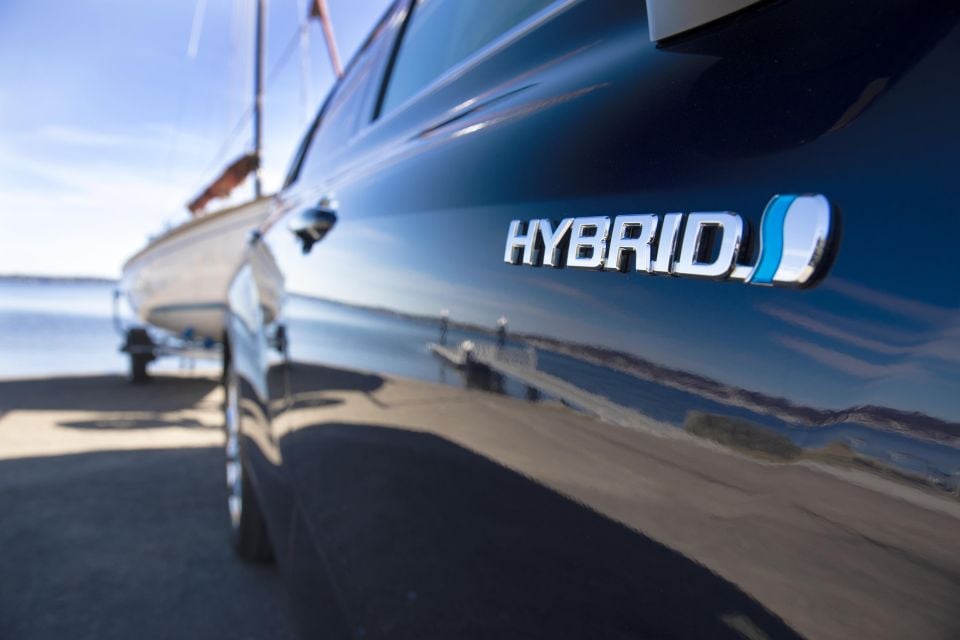
Sales by buyer type:
Sales by propulsion or fuel type:
* Tesla refuses to supply sales information
Sales by country of origin:


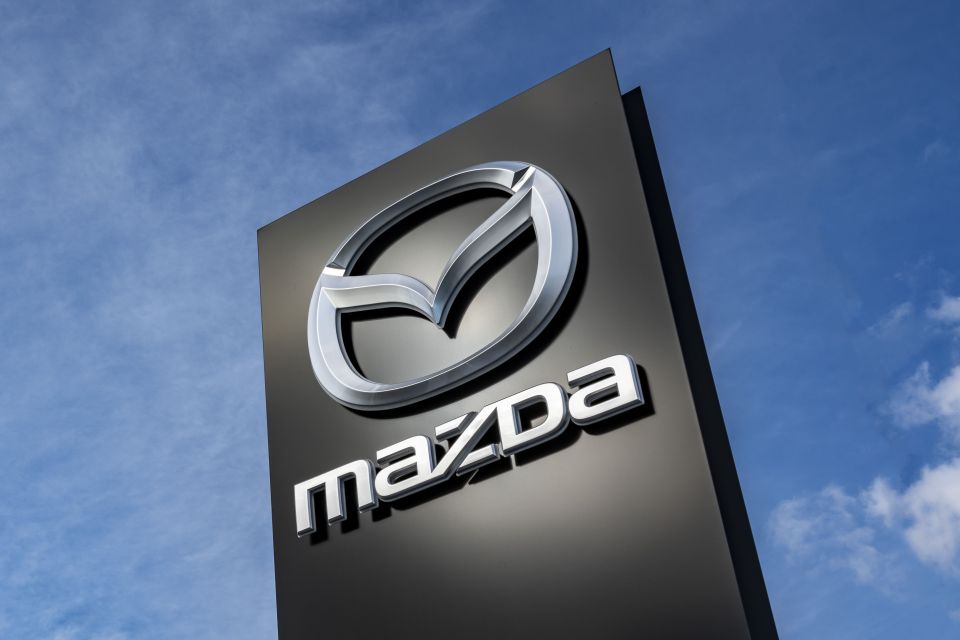
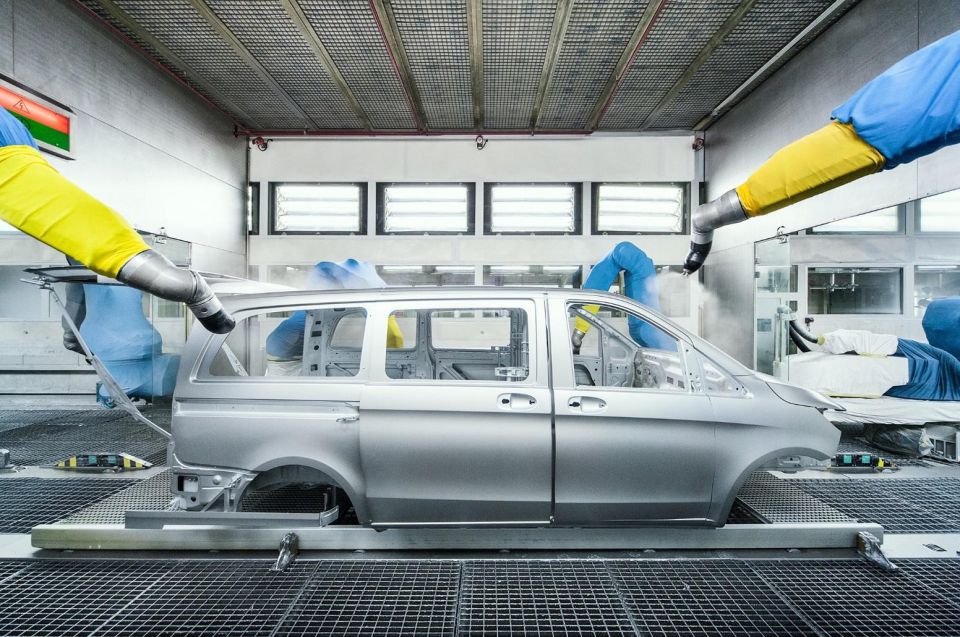
Federal Chamber of Automotive Industries Chief Executive Tony Weber said the result showed that economic confidence and pent-up demand across all sectors were strong enough to counter issues related to COVID-19 uncertainties and supply chain issues.
“While we cannot be certain about the future economic impacts of the COVID-19 situation, businesses and households are showing their confidence by purchasing new vehicles,” he said.
“I expect this situation will continue to improve in the second half of this calendar year as confidence continues to grow, coupled with incentives such as the extension of the depreciation allowance for business which was announced in the Federal Budget during the month.
“The result also highlights the outstanding efforts by all parties in the supply chain in continuing to meet the demands of their of their customers in the face of ongoing challenges such as the shortage of microprocessors and shipping delays.”
Got any questions about car sales? Ask away in the comments and I’ll jump in!


Damion Smy
38 Minutes Ago


CarExpert.com.au
2 Hours Ago


Ben Zachariah
4 Hours Ago
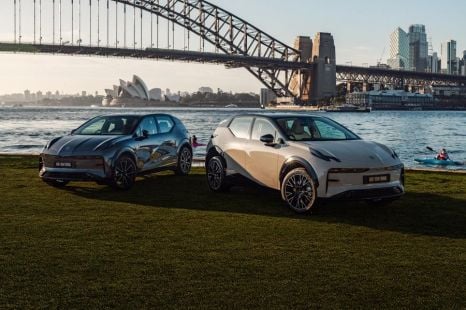

Max Davies
4 Hours Ago


Derek Fung
5 Hours Ago
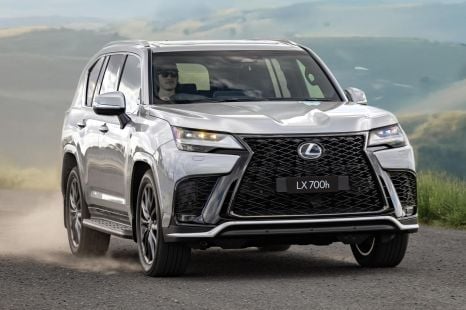

Derek Fung
5 Hours Ago